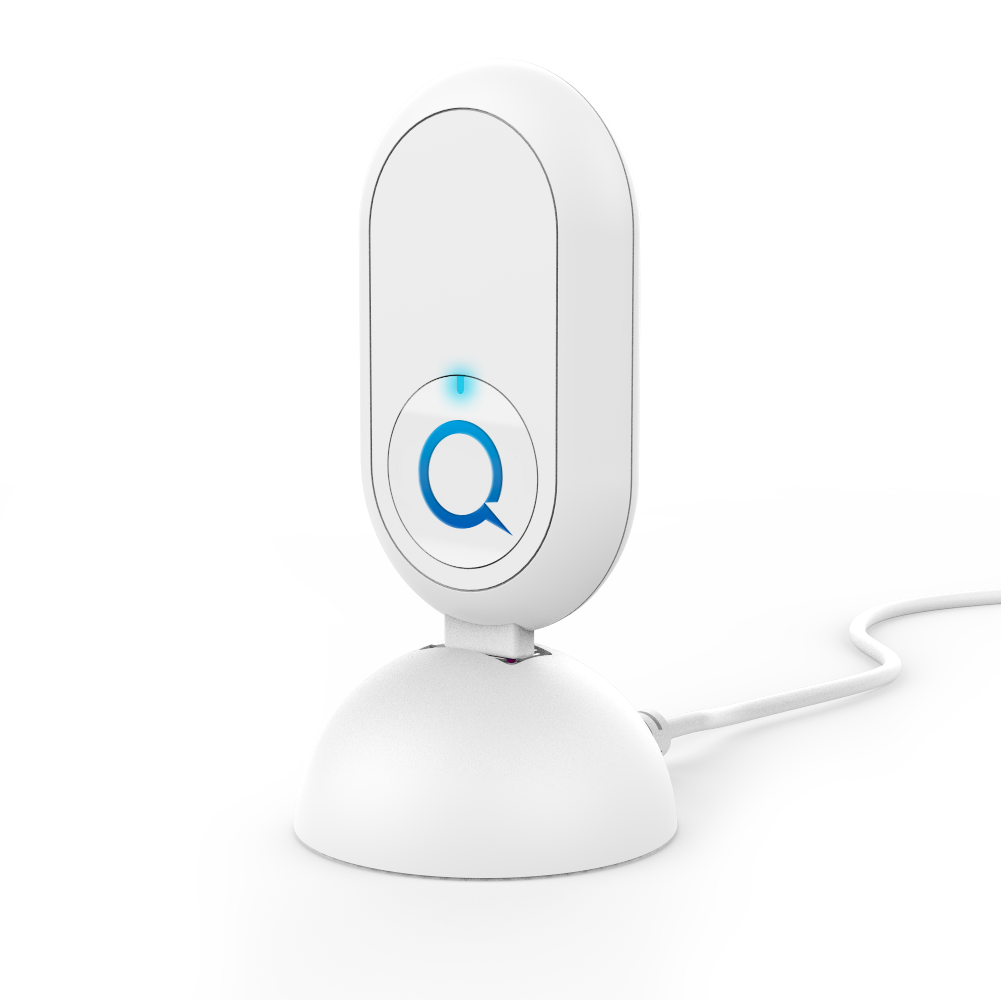My connected home
One of my former clients, NorthQ, is in the business of connected home appliances – in other words, the Internet of Things, or IoT for short.
Thanks to this connection, after having previously written about IoT in broader strokes, I now have my own connected home – this is my experience with it so far.
Let’s get the obvious out of the way: Yes, I am aware that some fairly detailed ins and outs regarding my home & habits are now on the world wide web. This was the first thing I asked about, not as a tester but as a user. Fortunately, NorthQ know what they’re doing (yes, that’s an endorsement, if my choosing to work for them wasn’t already) – the tech is up to specs, and the latest security measures are in place.
This does not mean that my data is 100% secure, though, because no system ever will be – but it means that I have no particular reason to be worried. Phew.

I’m not Tony Stark yet, but I’m getting there – biggest difference is totally the beard…
As far as the ostensible usefulness of a connected home goes, NorthQ have made an interesting decision – compared to systems like SmartThings (the one Tested talks about in the article linked above), which have programmability and scheduling as their primary use case, the NorthQ system is directed at saving energy, which means saving money.
The proposed means to do this is information presentation and a sense of control. The “Home Manager” is the system’s online hub, and it primarily presents consumption and savings, compared to the budget you entered. You can, of course, program things like radiators and smart plugs, and the product range also includes cameras and sensors – but the first “frontline” chosen is the energy saving one.
So, is that a good idea?

I think so – perhaps, full disclosure, because I found that, at least for now, it works on me. Just having access to consumption graphs made me incrementally more aware of my energy use, and I seem to be slightly more prone to switch off the light as I leave a room now than I used to be. A little bit of energy awareness goes a long way.
I also think so more generally speaking, though, because the approach is one way of addressing one of me peeves of these systems: Programming is hard. I already thought so (as alluded to in that article up there), and this experience only confirms it – even without the need for “if this, then that” statements and keyring dongles, deciding when the heat or light goes on or off on a regular basis is a bit of a head scratcher. If that kind of control was all such a system offered, I would find it hard to make it useful – and I’m sure that even less tech savvy people would feel that way even more.
Given the choice to focus in this way, this system presents itself as useful as soon as it’s up and running – you don’t have to add connected appliances, much less program them, to feel that your new connected home presents you with a certain value.
Also, normally your utilities are something of a black box. Sure, in some places providers now let you log on to your own profile but, at least in my experience, what you can see there is mostly things like previous bills – it certainly doesn’t give you any sense of control, and every bill is still mostly a surprise. Having a reader that you yourself installed on your electricity and/or gas meter, or being able to measure the standby consumption of your home entertainment system through a smart plug, and even having the system calculating the cost in real time, makes the whole thing everso slightly more accessible. That raises awareness.
Of course that might be good business for NorthQ, too; once you have the IoT in the door, adding more stuff is a much smaller step. Especially if you already sort-of consider the system an asset.
On the whole, I think that technology should help people, and create value. And I think it’s more helpful to people to have a certain awareness of their energy footprint, without having to feel bad about it, than to be able to program and/or remote control the bathroom light – and we know that the world needs this awareness, which makes it valuable.
It’s also worth noting that the decision to make the system useful to non-tech-minded people is reflected in the concrete user experience. For example, NorthQ bundle kits together and sell them with a code that, when entered into the aforementioned “Home Manager”, tells the system exactly what you bought and helps you install it. Neat.
Could the user experience be better? Certainly. But then, that’s what they hired me for.

It’s under my bed – and I’m not even scared.




